Description
ABSTRACT
Revisiting the Admissibility of Electronically Generated Banker’s Books
Dr. Ayodele Adewole*
Prior to the enactment of the Evidence Act, 2011 there were conflicting decisions of the appellate courts on the admissibility of documents produced by electronic means. With the enactment of that law, specific rules of admissibility of such documents were provided for in section 84. This paper considers the provisions of the Evidence Act regarding the admissibility of electronically generated evidence, with particular focus on bankers’ books. The paper also considers whether the dichotomy between primary and secondary evidence is applicable to electronically generated evidence. It analyses the conditions for the admissibility of electronically generated banker’s books and their implications on cases where the customer is the plaintiff, particularly in view of the burden of proof. The paper argues that electronically generated documents can fall within the classification of either primary or secondary evidence. It also argues that the conditions for admissibility of electronically generated bankers’ books place a difficult burden on the customer of a bank, who is the plaintiff in an action against the banker. This is because while the facts to be proved are within the exclusive knowledge of the banker, the customer may be required to prove them one way or another. Further to these, it is argued that the proposition that the certification required under section 84 (3) of the Evidence Act could be given orally is incorrect, since the relevant provisions of the statute that inspire that submission are not similar in material respects with the corresponding provisions in the Evidence Act. The paper concludes by suggesting the means by which a plaintiff, other than the banker, may prove relevant facts.
INTRODUCTION
Since the advent of the information and communication technology age, the way and manner in which trade, business and financial transactions, governance, amongst other things, are conducted have been revolutionised. This age has witnessed the addition of new concepts, such as e-commerce, e-banking and e-governance to the lexicon.1 In the financial services sector for instance, the banking system is fully automated by the use of computer technology. This new development created a number of challenges for the legal system because a number of the existing laws on several matters that were in place before this era suddenly became obsolete in dealing with the emerging trends of the time. This is particularly true of the then Evidence Act2 on the issue of the admissibility of documents that were generated using computer technology. Much as the courts tried to interpret some of the provisions of that statute in a manner that accommodated the new realities at the time, the result was conflicting decisions on the issue.3
* Department of Public Law, Faculty of Law, University of Jos, Jos
- Amupitan, J, Adewole, A., et al, ‘ICT in 21st Century Legal Education’ in Muzan, A. (ed.), Legal Education in the 21st Century (Proceedings of the 43rd Annual Conference of the National Association of Law Teachers), (Port-Harcourt: Cinnamon Press International Ltd 2010) 315 – 350, at 321
- CAP 112, Laws of the Federation, 1990
- For instance, on the other hand, the Court of Appeal found in Trade Bank Plc. v Chami (2003) 13 NWLR (Pt 836) 158 at 216 – 217 that although section 38 of the Evidence Act did not provide for entries in computers, or computer printouts containing entries of accounts, the law was not oblivious to or ignorant of modern business practices and as such that section could be interpreted to render a computer printout of a statement of account admissible; on the other hand, the same court found in U.B.A. Plc. v Abacha Foundations (2003) FWLR (Pt 178) 778 that although computer evidence was relevant under sections 38 and 39 of the Act, such evidence could not be brought under section 97 of the Act dealing resulting in a dilemma of admissibility


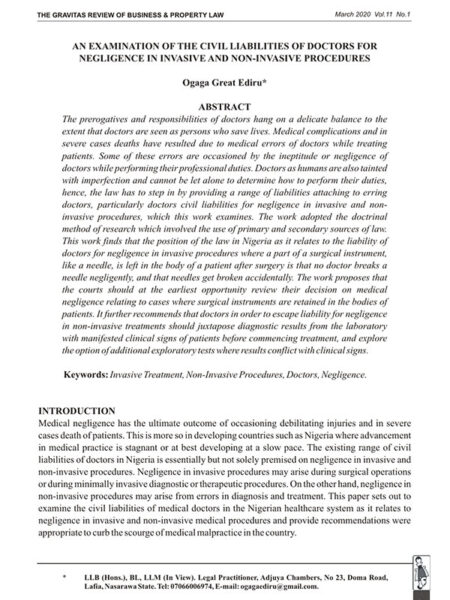
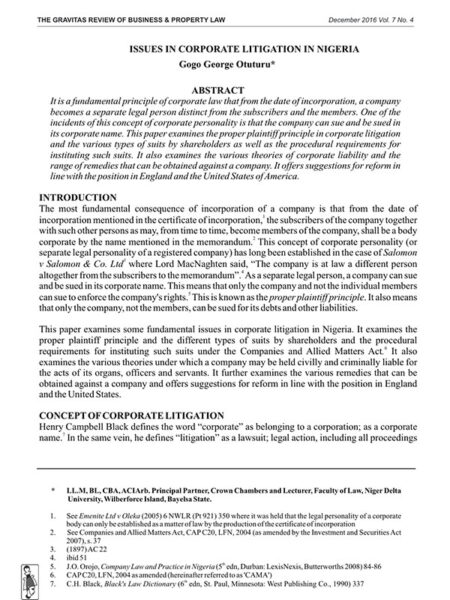

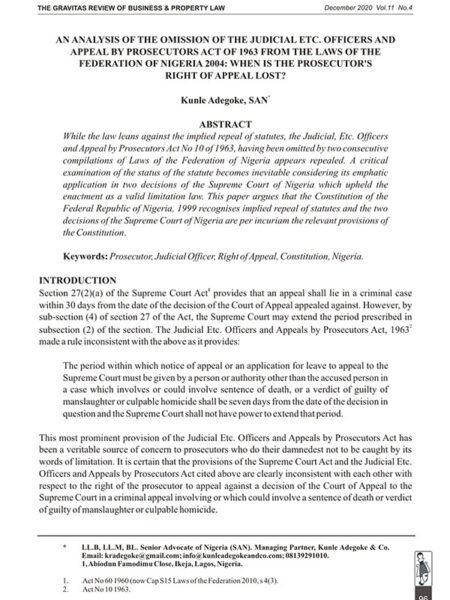
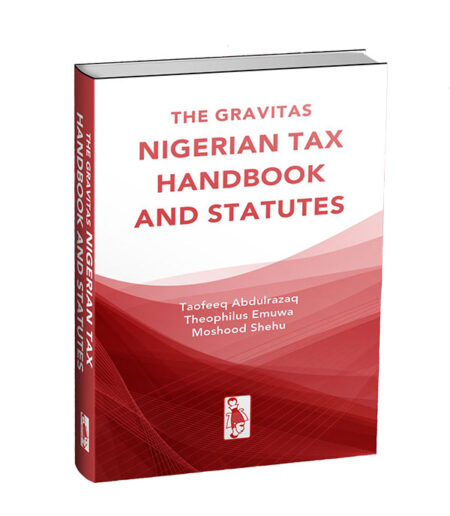
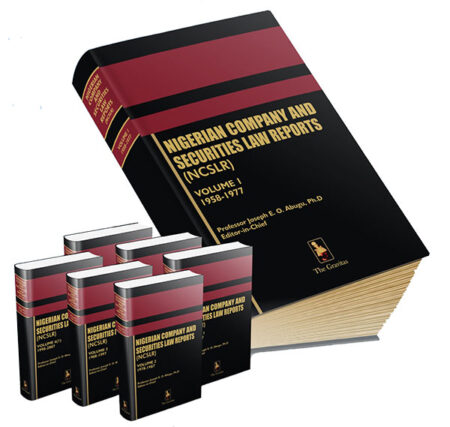
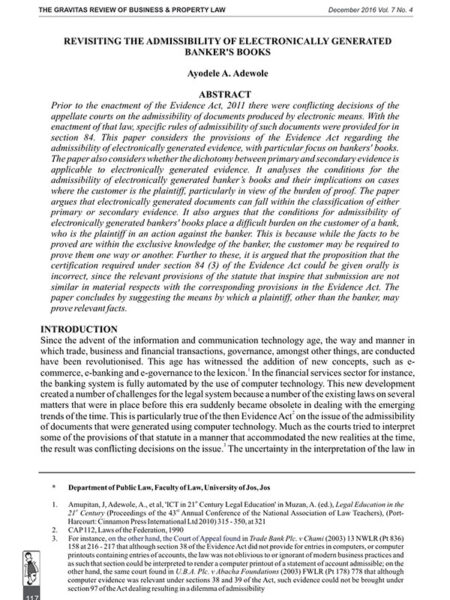
Reviews
There are no reviews yet.